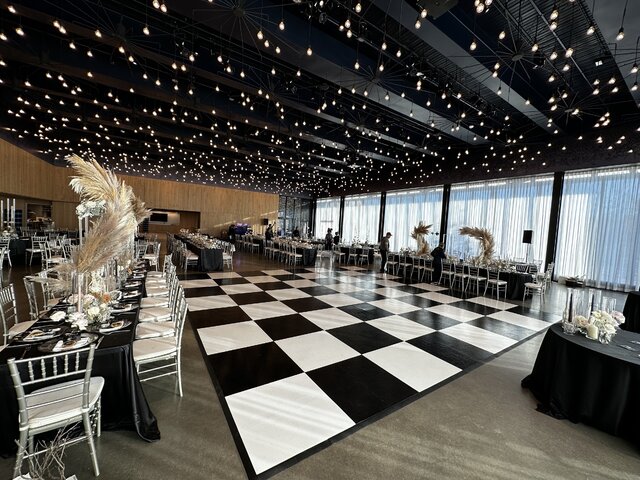Interactive LED dance floors are progressively favored in various entertainment venues, such as dance clubs, concerts, and gatherings. These floors use advanced tech to create dynamic lighting displays that react to music and movement. As innovation continues to evolve, several creative design trends are shaping the prospects of these interactive dance surfaces. These trends not only improve the visual encounter but also improve user involvement and create a more engaging atmosphere for dancers and audiences alike.

One notable pattern in responsive LED dance surfaces is the integration of intelligent technology. Many recent designs feature detectors that detect motion and adjust the illumination accordingly. This implies that the floor can alter colors, designs, and effects based on how numerous people are moving and where they are positioned. This reactivity fosters a dynamic environment that encourages involvement and excitement. Additionally, some models allow participants to manage the lighting through smartphone apps, giving them the ability to customize their encounter in the moment.
Another crucial pattern is the use of eco-friendly resources and energy-efficient tech. As environmental issues increase, many creators are focusing on developing LED dancing floors that are not only aesthetically stunning but also eco-friendly. This comprises using repurposed materials for the surface's construction and adopting energy-saving light-emitting diode lights. These advancements assist minimize the environmental impact of gatherings while still offering a mesmerizing aesthetic experience. By focusing on sustainability, creators are appealing to a more environmentally conscious audience.
The incorporation of augmented virtual reality (AR) is also changing the interactive dance floor encounter. AR technology enables participants to see virtual images and visuals superimposed on the physical environment through their mobile devices or AR spectacles. This can enhance the dance surface experience by introducing digital elements that engage with the physical space. For instance, dancers might witness animated characters or graphic effects that respond to their actions, creating a unique and captivating environment. This pattern is particularly attractive to younger audiences who are accustomed to virtual engagements in their daily activities.
Additionally, the design of interactive light-emitting diode dance floors is becoming more flexible and adaptable. Many recent designs can be easily set up in different settings, from short-term gatherings to permanent installations. This adaptability enables venues to create tailored encounters that cater to various concepts and audiences. Some designs even include interchangeable components that can be rearranged to create varied shapes and arrangements. This flexibility not only enhances the visual appeal but also allows for artistic expression in event organization.
In summary, the future of interactive light-emitting diode dancing floors is being influenced by creative design trends that focus on led dance floor with video projection innovation, sustainability, augmented virtual reality, and flexibility. These advancements are creating more immersive and captivating encounters for users, establishing dance floors a key element of entertainment venues. As these patterns keep to evolve, they will likely redefine how individuals interact with music and movement, guaranteeing that responsive LED dance floors stay a favored option for events and celebrations.
Comments on “Innovative Design Trends Molding the Future of Engaging Light Emitting Diode Dance Surfaces”